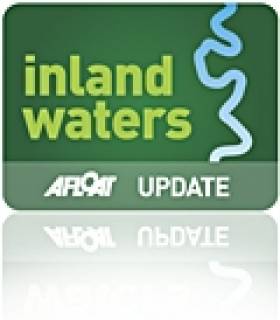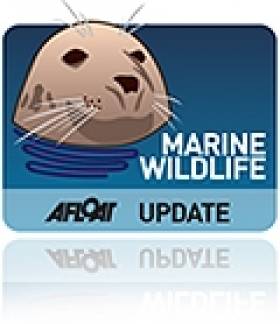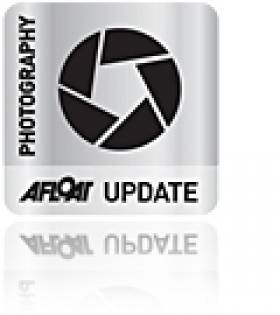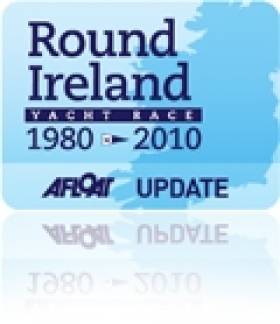Displaying items by tag: photography
Amateur Photo Contest Celebrates Shannon's Biodiversity
#LIFE ON THE SHANNON - MulkearLIFE has launched its amateur photo competition for 2012, with a prize fund of €1,000 on offer.
The contest celebrates the 20th anniversary of the EU LIFE programme and has the theme of ‘Exploring the Biodiversity of the Lower Shannon’. Images may cover any aspect of the theme, and can be submitted in any style from macro to landscape, black and white or colour.
There is no end to what type of image can be submitted. It could be an image of water, trees, plants, fish, invertebrates, fungi, mammals, birds, lichen, domestic animals - basically any living organism.
Though not essential, images that portray biodiversity in and along rivers, streams and waterways throughout the Lower Shannon region would be preferred.
Entry is free, and entrants can submit up to three images. Prizes will be offered in two categories: Children/Young Adults and Adults.
In addition, the overall winner will receive one full day's training in wildlife and landscape photography from a leading wildlife photographer later in 2012.
Full details of how to enter the competition are available on the MulkearLIFE website HERE. The closing date is 1 May 2012 at 5pm.
Stunning Images of Feeding Fin Whales
The Irish Times has stunning photographs of fin whales and dolphins feeding off Hook Head in Co Wexford captured by animal wildlife photographer George Karbus.
Czech-born Lahinch resident Karbus, who specialises in wildlife photography, said: “It is really hard to capture images of fin whales because they move incredibly fast, so to see them together feeding in one place was amazing and I was able to get some special images.”
Meanwhile, the Irish Whale and Dolphin Group has released its first study on the ecology of fin whales in Irish waters.
Using the photo identification catalogue collected by the group since 2001, some 62 individual fin whales were identified - 11 of them being return visitors.
Dwyer's Island ‘A View From Above’
Dwyer is a member of the Irish Cruising Club and has achieved much recognition for his contribution to appreciation of the Irish coastline and countryside.
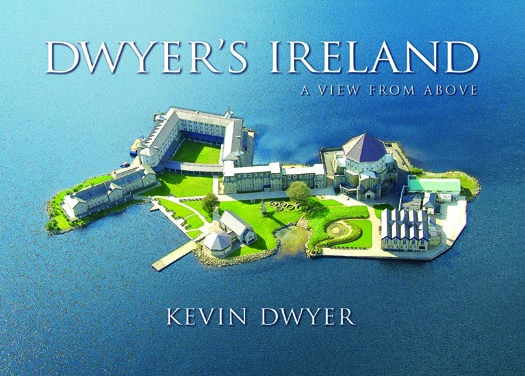
Dwyer's Island 'A View From Above' was published in October 2010 by Collins Press www.collinspress.ie/ and is Priced: €14.99 / £12.99
French Van Promotes Great Week of Irish Sailing
It's a great looking team sailing van, a brilliant advert for Irish sailing and an amazing photo of a TP52, planing like a dinghy in Cork harbour! The French Paprec Recylage Sailing Team have had their entire sailing van decorated with a dramatic Bob Bateman picture from Cork week 2010. The photos of the event HERE were a highlight of the 2010 season.
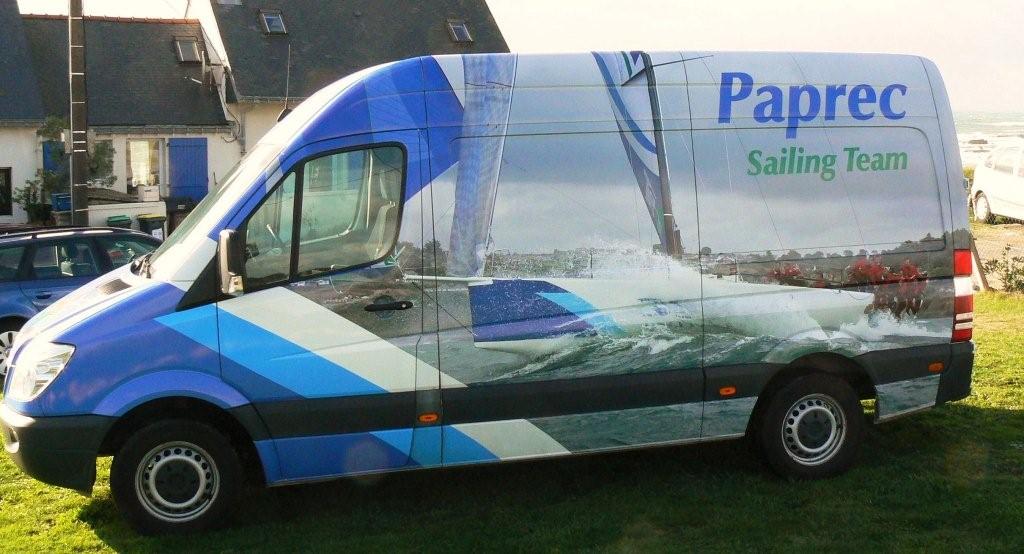
Afloat Magazine. Ireland's Sailing, Boating and Maritime Publication
Afloat now in its 43rd year of production is a vibrant specialist magazine which has continually adapted to the demands of its readership, with an industry insight which is quite simply unique. Edited by David O'Brien (47), a former European and World sailing champion and Olympic sailor from the 2000 Games, it is produced by a group of dedicated watersports enthusiasts and has become essential reading for all those who have more than a passing interest in the development of Irish watersports.
Afloat is the only publication dedicated to serving the needs of the sector, and it does so with a truly independent voice. Afloat's association with the industry's twin governing bodies the ISA and IMF allows it to offer an insider view, but the magazine maintains independent editorial control.
Packaged as a glossy magazine with an emphasis on colour photography, no other specialist magazine in Ireland offers such an impressive range of comment, information and advice in such an attractive format.
Click the links below for more on Ireland's sailing and boating magazine:
Mirror Euro Pics HERE!
Photographer Gareth Craig has loaded new images from the Mirror European dinghy championships in Sligo to the Afloat gallery. Click HERE.
Royal Cork Short-handed Wine Race Action Photos Here!
Images from Royal Cork Yacht Club's shorthanded wine race are posted on the Afloat gallery HERE. The Ui Loingsigh of Glanmire sponsored fixture was a short, snappy and extremely enjoyable race in 12–knots of westerly breeze. Two spinnaker runs in a six leg race meant Bob Bateman had plenty of action to capture!
Round Ireland Start Photos Here!
Photographer Bob Bateman was in among the fleet for the start of this afternoon's Wicklow's Round Ireland Race. A perfect start in light conditions across Wicklow Bay. His photos below and also on the gallery here.
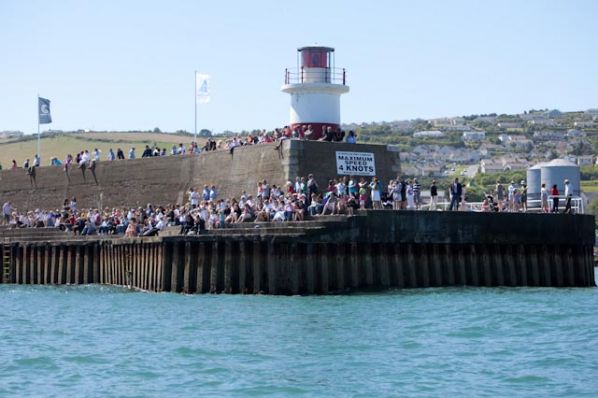
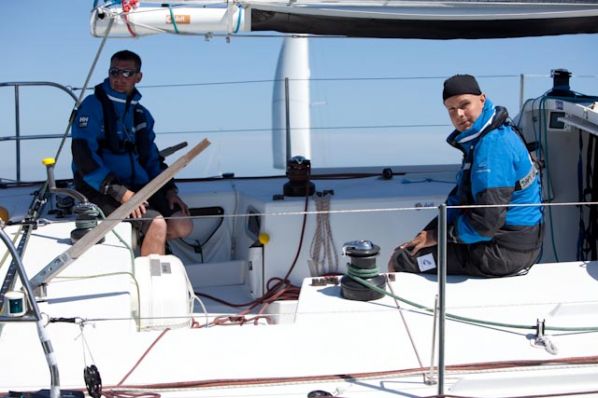

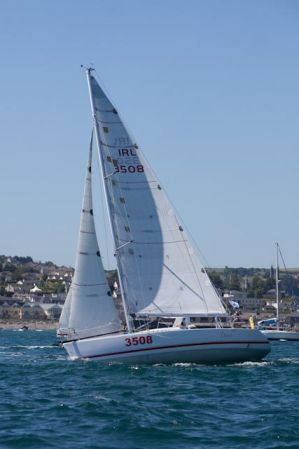
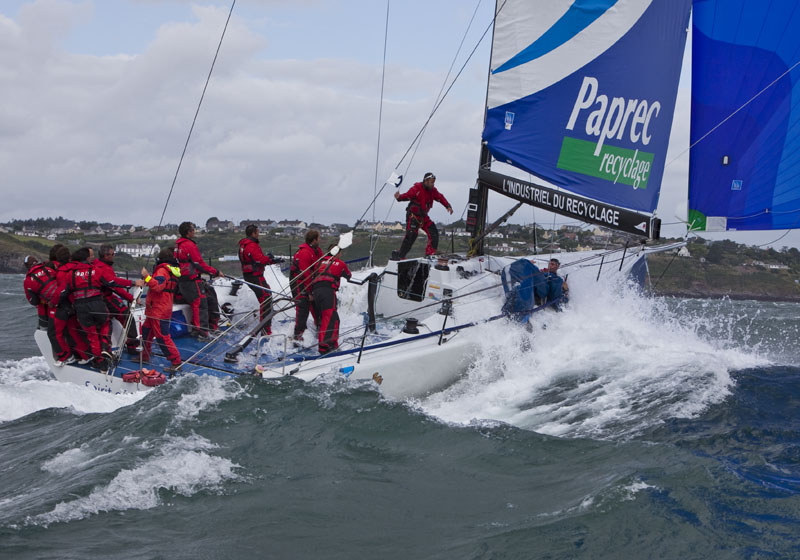
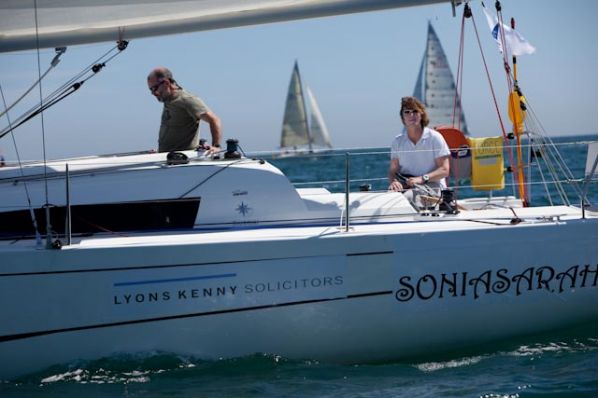

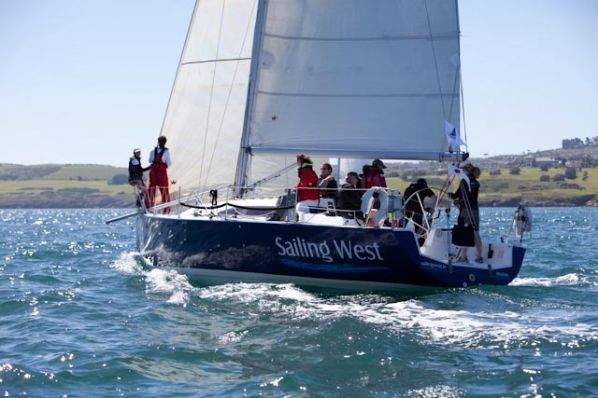

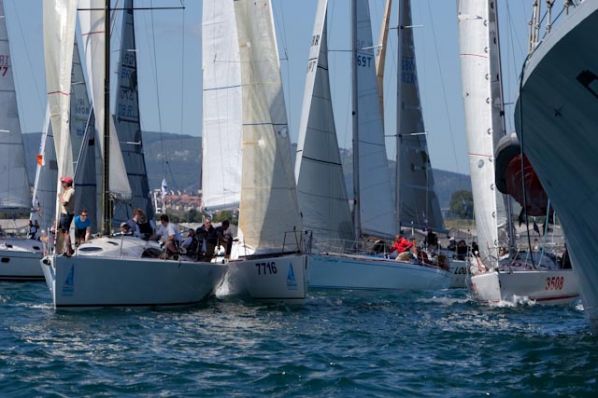
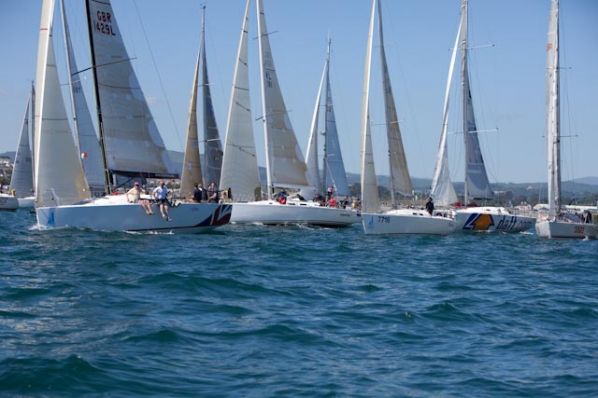
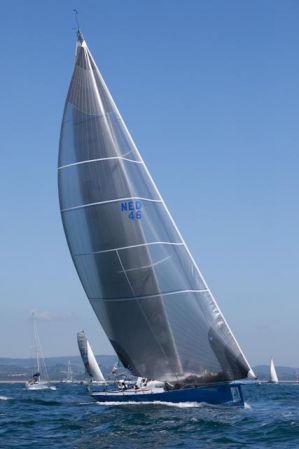
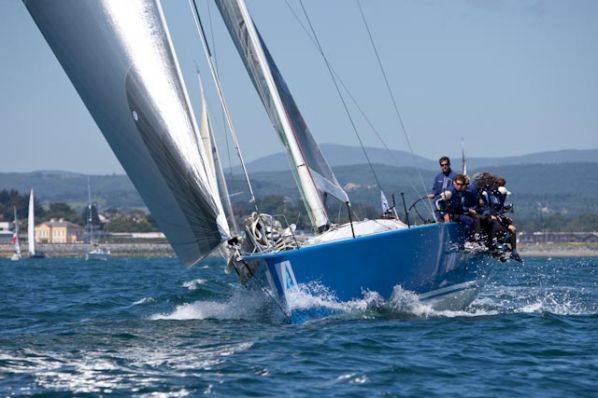
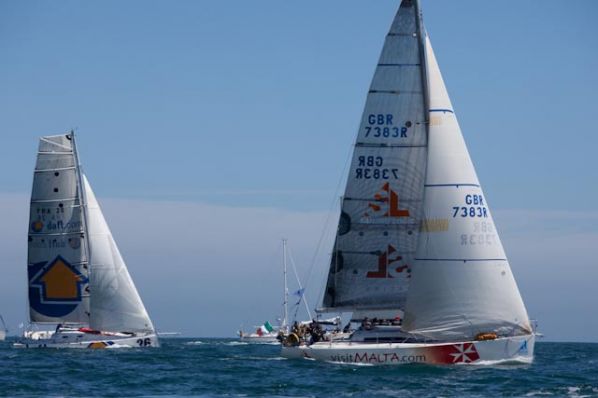
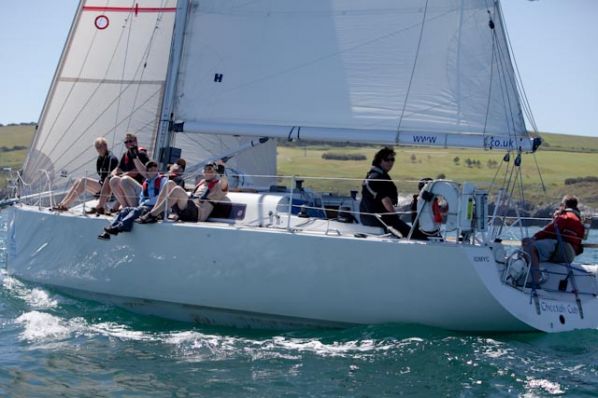
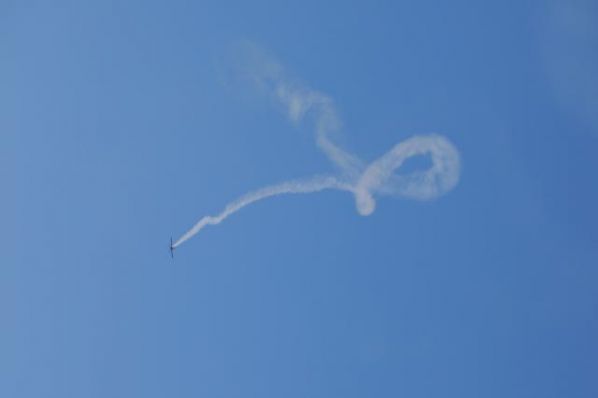
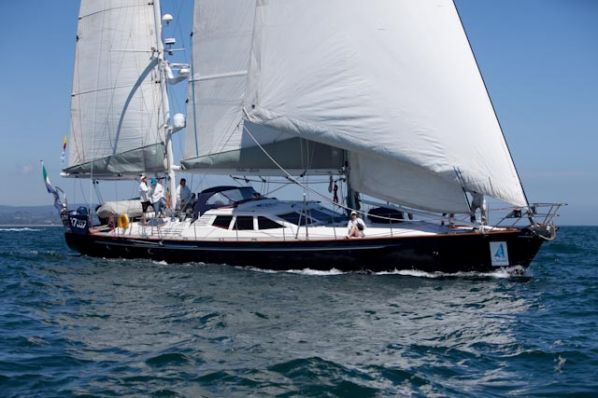
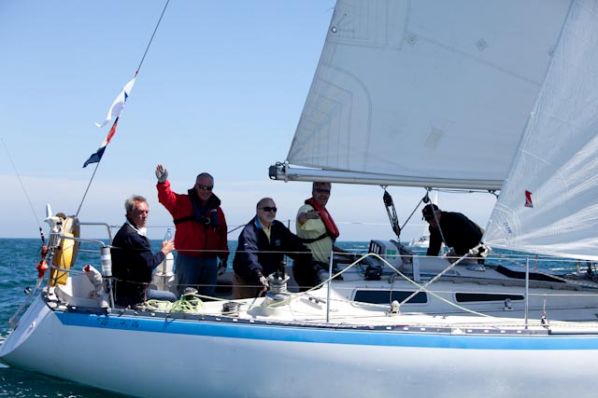
More on the Round Ireland Yacht Race:
Round Ireland Yacht Race 2010 Review
Round Ireland Yacht Race, Ireland's top offshore fixture
A Round up of 80 stories on the 2010 Round Ireland Yacht RaceGlandore Yacht Club 'At home' Photography
A gallery of summer sailing photos from Glandore Yacht Club has been added to the Afloat gallery by Bob Bateman. Take a click through some lovely images of West Cork sailing. Click here.
McWilliam May Series Photos Now Online
Plenty of action from Cork Harbour. Photography from Royal Cork's McWilliam series is on the gallery now from Bob Bateman.


























